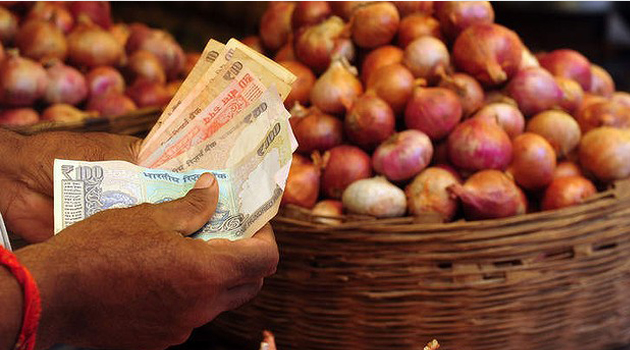NAIROBI, Kenya, Dec 2 – In an unexpectedly early move aimed at enhancing market liquidity, the Central Bank of Kenya (CBK) has reduced the benchmark policy rate from 9.0 percent to 8.5 percent.
In a statement, the Monetary Policy Committee (MPC) also announced that it had a cut on the Cash Reserve Ratio (CRR) from six to five percent.
"We are considering the prevailing liquidity conditions as we approach the festive season and the subsequent launch of infrastructure bonds,” said the communiqué from the MPC.
The CBK was expected to engage in monetary easing when conditions permitted.
“It is only the timing ahead of the formal introduction of the new Consumer Price Indices (CPI) calculation methodology that came as a relative surprise,” argued Standard Chartered Head of Regional Research for Africa Razia Khan.
She predicted that the CRR cut should release at least Sh10 billion into the economy, because it is the (CRR) rate on local currency deposits-rather than all deposits- that has been reduced. CBK data suggests that bank reserves stood at Sh62.3 billion as at July.
The Sh10 billion is however still short of the total amount of additional borrowing that is likely to have been planned by the authorities.
Ms Khan explained that although this is unlikely to entirely stop the rise in market interest rates should the government decide to substitute all of its planned external borrowing with domestic borrowing, the move is a positive first step in preventing greater fallout of the domestic economy.
She observed that the one percent reduction in the cash reserve ratio would perhaps facilitate government borrowing in a way that does not pressure private sector credit and growth while the reduction in the CBR will add further to economic recovery in Kenya.
“But with credit growth in important sectors of the economy such as agriculture, building and construction, finance still negative in year on year terms, the risk is that further measures will be needed to enhance Kenya’s growth,” she warned.
The decision to cut the rates came a few hours after the Kenya National Bureau of Statistics released the November inflation figures which showed that the cost of living went up during the month to 29.4 percent largely due to an increase in food prices.
Ms Khan underscored the fact that although inflation continuing to be a challenge, the MPC did not give more weight to the inflation outlook and maintained that the growth of monetary aggregates, as well as economic activity, were within their targets.
This, she argued was probably because the country is in the process of introducing the planned changes in the methodology of the CPI calculation in Kenya – which would bring it in line with regional inflation – and widely expected to significantly reduce the overall rate of reported inflation once the changes are adopted.
Although the exact magnitude of the decline in inflation is not yet known, observers suggest that it makes little sense for Kenya – which has relatively porous borders and a liberalised trade in goods and services – to have an inflation rate that is more than twice that of neighbouring countries.
Ms Khan also forecasted that it will be some time before there is a need for new purchases which should impact more positively on the price level.
“But eventually, the impact of cheaper oil in particular, will feed through. Food price trends should also prove more favourable,” she predicted.



































